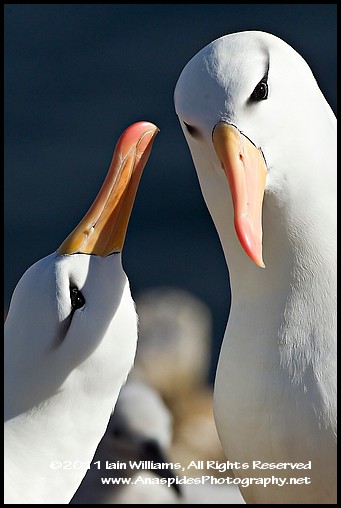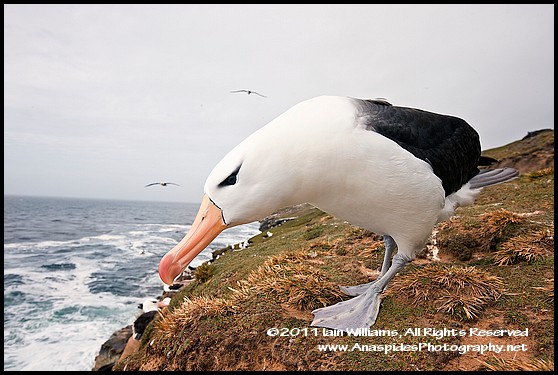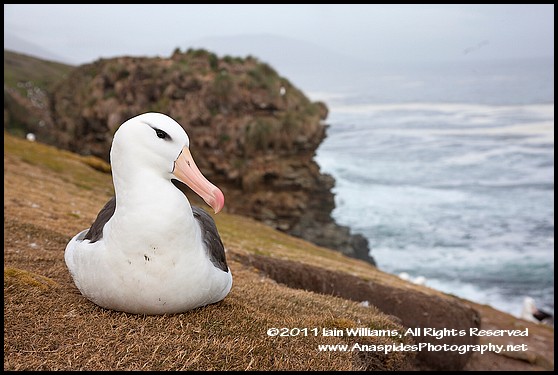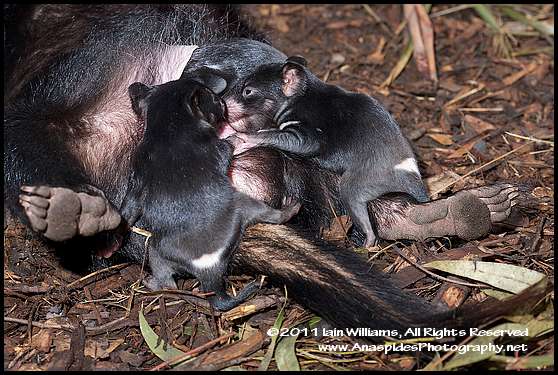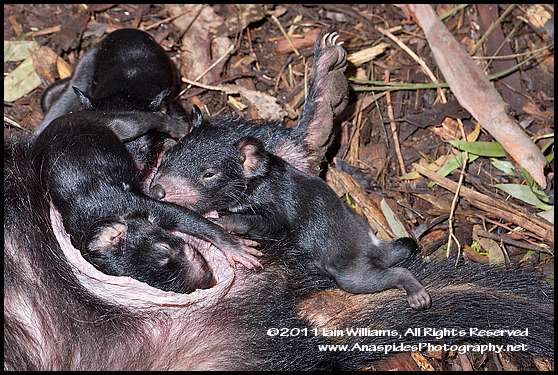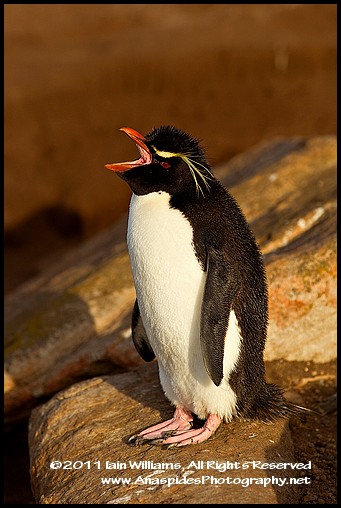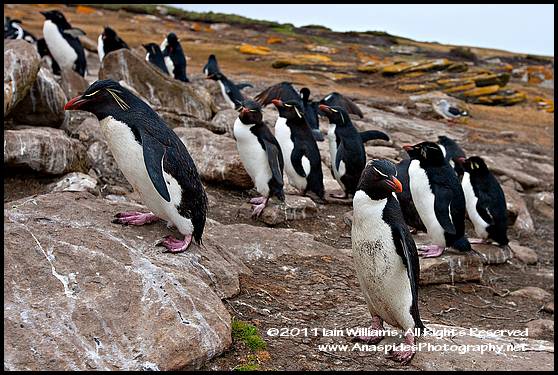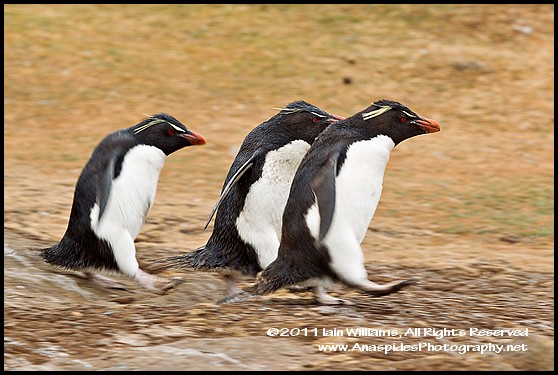The Three Brothers, Cheetah (Acinonyx jubatus) - Republic of Kenya
 Monday, October 17, 2011 at 2:02PM
Monday, October 17, 2011 at 2:02PM 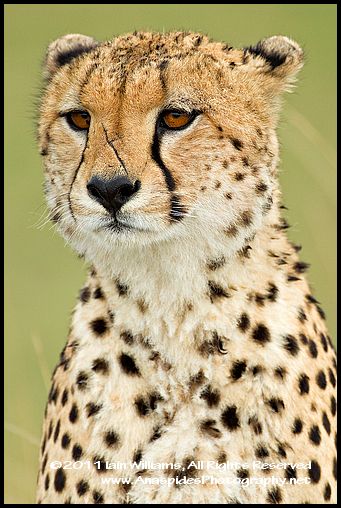 The small thermometer I had on my photo backpack said it was 45 degrees Celsius; I thought about repositioning the device, but then realized that it was already in the shade.
The small thermometer I had on my photo backpack said it was 45 degrees Celsius; I thought about repositioning the device, but then realized that it was already in the shade.
I was sitting in the rear of a Toyota Landcruiser crammed in amongst various pieces of photographic equipment, and a very large cooler which carried breakfast and lunch. I’d been sitting here for 3 hours watching three young cheetahs, and the temperature didn’t seem to be decreasing. The cheetahs had the right idea – sleep, and I’m sure I dozed off now and again, only to be woken by several dozen squadrons of annoying flies buzzing around my head.
LEFT: A male cheetah (Acinonyx jubatus) watchful for prey or predators.
The Three Brothers
The three male cheetahs, nicknamed “The Three Brothers” by the Kenyan Wildlife Service (KWS), are a tad over a year old and belong to the same litter.
“Cheetahs are usually solitary or are seen in pairs. A trio co-habitating is quite uncommon” stated one of the KWS rangers I had spoken with earlier that day.
Our task this day, and for the following several days was relatively simple; follow the cheetahs to observe their behaviour and hopefully photograph the animals hunting and making a kill.
Cheetahs are one of the most beautiful cats to be found in Africa, and in my opinion rate second to the leopard. Evolution and natural selection has developed an animal that is exceptionally adapted to chasing and killing certain types of prey. The cheetah is the fastest of the big cats and is superbly adapted for speed, 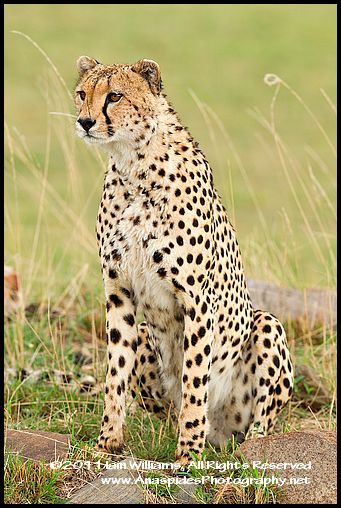 able to retain speeds of 112 km/hr (69 mph). This speed equates to roughly 32 meters per second (32 m/s) and can be maintained over an average prey chase of 2.7 kilometres (3.5 miles).
able to retain speeds of 112 km/hr (69 mph). This speed equates to roughly 32 meters per second (32 m/s) and can be maintained over an average prey chase of 2.7 kilometres (3.5 miles).
But, as with most predators when not hunting, they sleep to conserve energy - and this is exactly what the three brothers were doing, only occasionally stirring to check on the location of a number of Thompson gazelles that were browsing nearby.
Cheetahs Are Skittish Animals
Cheetahs, in comparison to other apex predators such as lions and leopards, are skittish animals forever watchful and alert. They are the “scaredy cats” of the feline family. A cheetah won’t take unnecessary risks, and often will retreat upon conflict with another animal – especially a lion which are known to kill cheetahs. A mother with cubs is especially vulnerable and often cubs will be killed by hyenas and lions. At these times the mother will move away from areas heavily populated with prey to minimise any interaction with other predators.
The Three Brothers inhabited a lightly vegetated area adjacent to surrounding plains; this is the favoured habitat of cheetahs as it provides vegetation to hide behind, and open ground from which to exercise their one benefit over other predators – speed. Unlike lions, which mainly hunt at night, cheetahs prefer to hunt during the daylight hours, thereby minimising the chance of injury such as falling into a hole while running at high speeds.
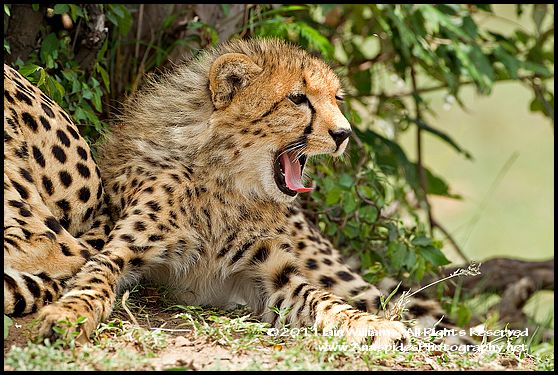
Fussy Eaters
Searching for the cheetahs each day revealed that over the past week or so they had hunted and made several kills; the remains of their kill was evident as we searched the open ground and beneath shady bushes. Cheetahs, like some house cats, are fussy eaters; they prefer smaller animals such as gazelles, and then only consume the choicest cuts – normally the rear flanks, leaving the remainder of the kill for hyenas, jackals or vultures.
LEFT: On the brothers wakens briefly and yawns whilst his brethren sleeps adjacent.
Several times, we observed prey animals and positioned the four wheel drive in a suitable place to film any resultant hunt and kill; however, it became evident that as the brothers were three, a gazelle hind quarter was not going to be enough food to sustain them. I’d read that cheetahs hunt three to four times a week; daily when bringing up cubs.
We knew the brothers were hungry….We knew they had to hunt soon…We had an inkling that they wanted something more sustainable than a gazelle, but when would they make their move?
In my next post, I’ll describe the hunting technique of the three brothers and we’ll learn whether they were successful or not.



